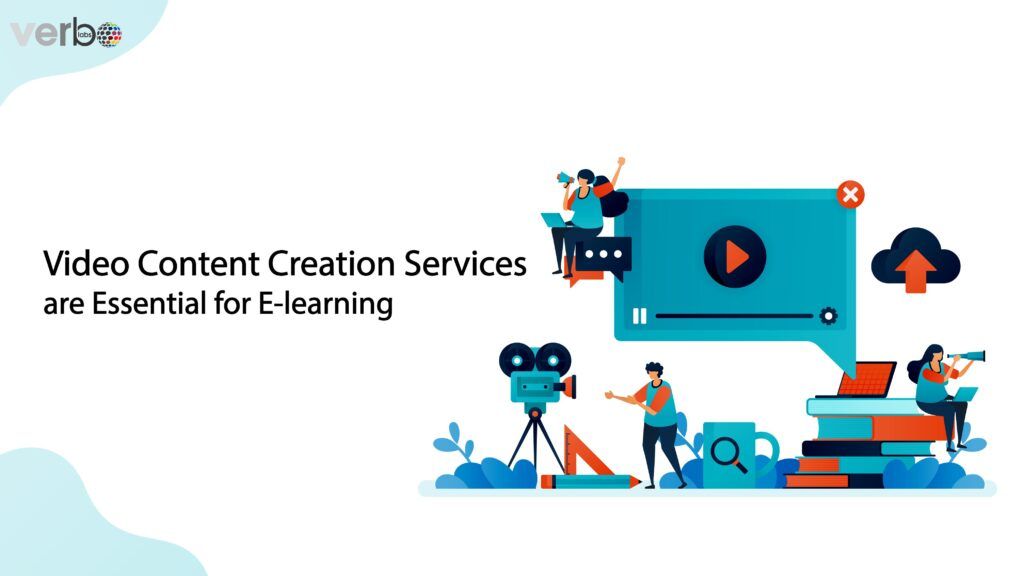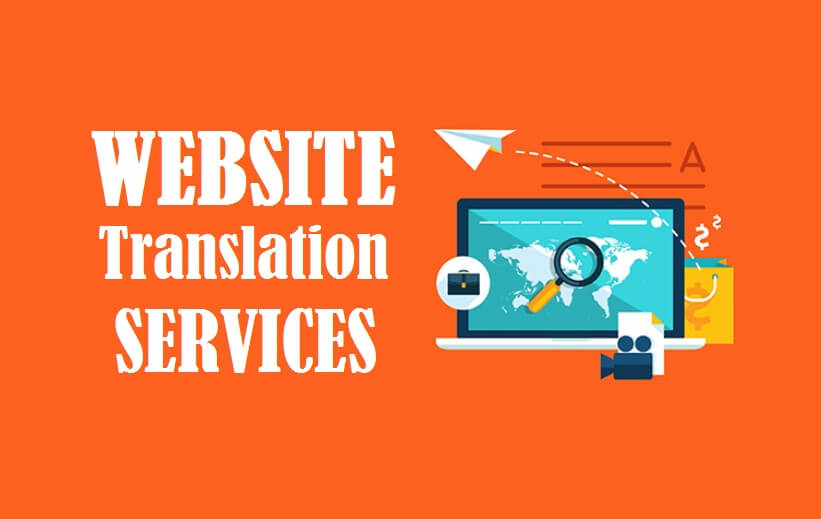In the age where digital content reigns supreme, the integration of video content in education is not just a luxury but a necessity. It was evident in several studies that short clip videos enhance the efficiency of learning and memory retention. It does not just help with cognitive lead reduction but also captivates viewers’ attention and enriches learner engagement. This is why many elearning are opting for video content creation services, opting to convey complex concepts, ideas and processes through interesting visuals. Rather than explaining with words, they prefer to show how it is happening. As a result, this proves to be a compelling watch and a more engaging learning experience.
Let us show you how video content creation services play a crucial role in the learning industry:
- Improved comprehension
Video content creation services can break down intricate topics and present them in a digestible format. Learners can see and hear the language in action, making it easier to grasp pronunciation and context.
- More interactive
When students are guided with the correct combination of sight and sound, it becomes easier for them to retain knowledge. They prefer learning by listening to study information through videos instead of reading traditional written material. Videos often involve showing techniques that help students with mastering earning. Video content writing services are used most when the e-learning material is procedural in nature since such a method is an excellent method for conveying a series of procedures in a thorough manner.
- Keeps them focused
Psychologically speaking, a human being, on average, can stay focused on one thing for only up to 22 minutes. Students find it hard to concentrate when there is a series of information and processes. Video content captivates the viewer’s attention through its dynamic visuals, audio and often, real-world examples. Learners are more likely to stay engaged when watching a video compared to reading a long, text-heavy document. For instance, a physics e-learning platform may use high-quality animations to explain the laws of motion, making the topic both engaging and easy to comprehend.
- Demonstrate learning
Some subjects and skills are taught best through demonstration. For example, in an experiment and a culinary process, step-by-step experimental videos or cooking videos can help really understand. This hands-on approach will prove to be invaluable for practical learning.
- Real-world application
Videos have the unique ability to connect theoretical knowledge with real-world applications. Business management e-courses prefer to use case study videos to illustrate how strategic decisions can impact real companies. This bridges the gap between theory and practice, enhancing the overall educational experience.
- Memory retention
Visual information is retained better than text. Students can visualize concepts and processes through video content, allowing for more effective memory recall. Historical e-learning courses often use reenactments of historical events to make them vivid and memorable.
- Increase interactivity
Videos tend to enjoy immensely interactive experiences with compelling videos in their e-learning. Videos should involve a conversational tone, ask questions and encourage the active participation of the viewer. Narratives that involve a storyline encourage active engagement. Such an approach makes the viewer feel like an active participant in the content, rather than a passive observer. Incorporating interactive elements like pop-up quizzes, clickable links, and polls within the video allows viewers to engage with the content directly and test their knowledge or preferences. Some of the courses even use gamification to increase viewer engagement. It adds an element of fun and competition to the learning process.
- Real-time feedback and assessment
Video content supports real-time assessment and feedback. E-learning platforms employ video quizzes to test comprehension and provide immediate results. Students can gauge their performance instantly and take corrective action.
- Enhances user experience through storytelling
Storytelling is an effective way to communicate. Humans tend to get drawn to stories that inspire them to think. As a result, it tends to be a valuable lesson. They tend to be used as a didactic tool in educational videos. Storytelling can help audiences connect and guide them through difficult topics. You might remember how we, as children, tend to learn ethical concepts through stories that end with a moral. Educational videos involve sound effects, audio narrations and other immersive elements to improve user experience.
- Enhance accessibility and ease of consumption
As compared to traditional text-based instructions, video-based eLearning offers a more user-friendly and accessible learning experience. Video content minimizes cognitive load. With the help of video content services, learners don’t need to expend as much mental effort to process information. Instead of deciphering complex text, they can passively absorb it through visuals and audio. For instance, understanding a complex engineering concept becomes much simpler when it is explained through animated diagrams and the narrator’s voice.
- Time efficiency
Video learning tends to save an ample amount of time. Learners tend to acquire information more quickly by watching a concise video rather than reading pages of text. Such efficiency is crucial in today’s fast-paced world. For instance, with video-based e-learning content, a corporate training video can communicate new workplace protocols efficiently, ensuring employees grasp the necessary changes quickly.
- Empowers visual learners
Visual learners tend to absorb and remember information better when words, ideas and concepts are connected with images and visuals. Students tend to learn best by what they see, which is considered to be an excellent medium for visual learning. For example, in a biology e-learning module, animations are used for describing cellular processes, thus making it easier for visual learners to grasp complex concepts easily.
CONCLUSION
Video-based e-learning not only makes knowledge more accessible but even simplifies the learning process. It caters to diverse learning styles, enhances retention and accommodates the busy lives of modern learners. By leveraging the ease of video consumption, eLearning becomes a more engaging, efficient and effective means of acquiring knowledge.



